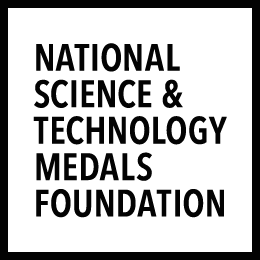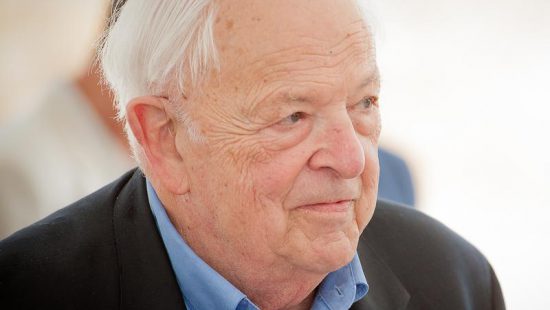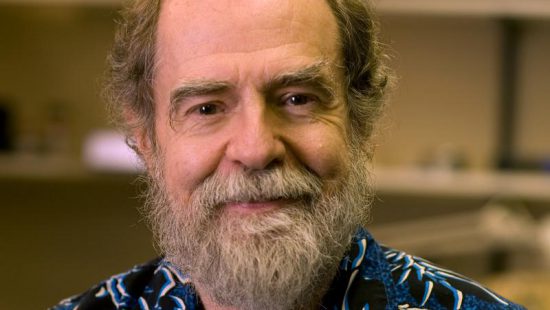“The aim of physics, or at least one branch of physics, is after all to find the principles that explain the principles that explain the principles that explain everything we see in nature, to find the ultimate rational basis of the universe,” theoretical physicist Steven Weinberg said in an interview.
Weinberg embraced such an exploratory outlook and delved into a variety of topics, including particle physics and quantum theory. He developed an approach to quantum field theory that is described in the first chapters of his book The Quantum Theory of Fields and wrote a textbook Gravitation and Cosmology. Both books are among the most influential texts in the scientific community on their subjects.
In 1966 as a visiting professor at MIT, Weinberg proposed his model of a unified description of two of the four known fundamental interactions of nature– electromagnetism and the weak interaction. Weinberg’s paper identifying his theory of electroweak unification is one of the most cited works in high-energy physics.
By Jen Santisi







